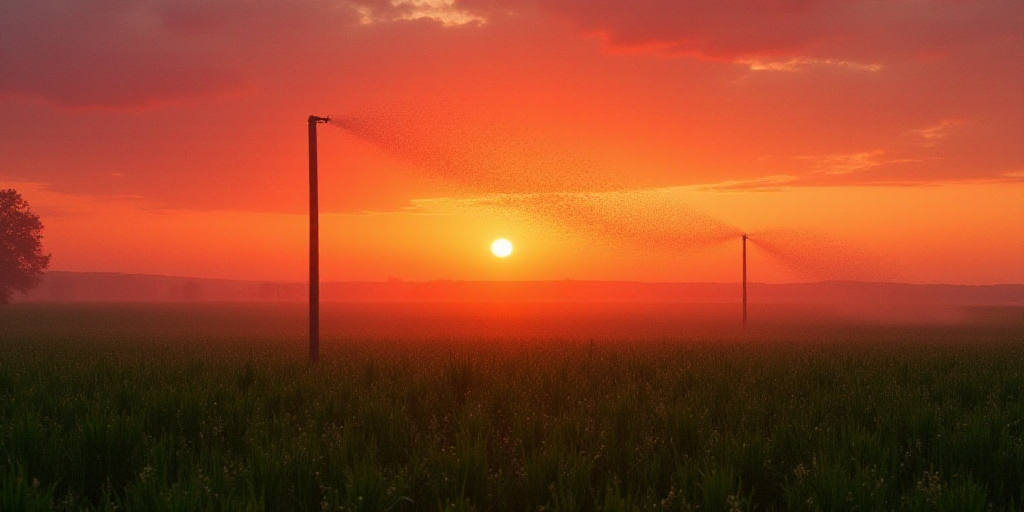Introduction to the Program
The National Water Commission (CONAGUA) in Mexico has unveiled the “México se tecnifica” program, aiming to modernize agricultural irrigation infrastructure and recover water volumes intended for human consumption. This initiative seeks to guarantee the right to water in Mexico by technologically upgrading over 200,000 hectares across various irrigation districts.
Water Distribution and Program Significance
Efraín Morales, the director general of CONAGUA, explained that 76% of Mexico’s water is allocated to agriculture. Consequently, the program targets technological advancements in more than 200,000 hectares to recover approximately 2,800 million cubic meters of water. This volume is equivalent to three times the annual water supply for Mexico City.
Morales emphasized that this program is unprecedented in Mexico and globally, as it directly links water recovery for human consumption with agricultural technological advancements.
Rehabilitation and Modernization
Aarón Mastache Mondragón, the subdirector general of Infrastructure Hidroagrícola, outlined key actions such as rehabilitating deteriorated canals, derivator dams, and gates. Additionally, the program aims to replace traditional flood irrigation systems with high-efficiency methods like drip, sprinkler, and micro-sprinkler irrigation.
Mastache Mondragón described two levels of intervention: modernizing major infrastructure to transport water from dams to plots, potentially recovering up to 40% of the resource; and technologically upgrading plots, where water recovery can reach up to 55%. He highlighted the importance of installing automated gates and measurement systems throughout the irrigation network.
Prioritized Regions
The program prioritizes irrigation districts near major urban centers facing water supply issues. These regions include the Pabellón district in Aguascalientes, Valle del Mezquital in Hidalgo, Chihuahua areas close to Ciudad Juárez, Sinaloa, Guanajuato, Morelia, Tamaulipas, La Laguna, Sonora, and Morelos. In some cases, like the Alto Río Lerma, projects are complemented with parallel acueduct projects to supply cities such as León, Celaya, Salamanca, and Irapuato.
Current Projects and Future Plans
Mastache Mondragón mentioned that six projects are currently underway in Sinaloa, Tamaulipas, Guanajuato, and Aguascalientes. Furthermore, ten projects are in the bidding stage, set to commence within the coming months. The plan encompasses over 70,000 million pesos in investments during the administration, involving producers and state governments through partnership schemes.
Key Questions and Answers
- What is the main objective of the “México se tecnifica” program? The primary goal is to modernize agricultural irrigation infrastructure and recover water volumes intended for human consumption, ensuring the right to water in Mexico.
- How much water does the program aim to recover? The initiative seeks to reclaim approximately 2,800 million cubic meters of water.
- Which regions are prioritized in the program? The program focuses on irrigation districts near major urban centers facing water supply issues, including Aguascalientes, Hidalgo, Chihuahua, Sinaloa, Guanajuato, Tamaulipas, La Laguna, Sonora, and Morelos.
- How many projects are currently underway or in the bidding stage? Six projects are ongoing, and ten projects are in the bidding process.
- What is the estimated investment for this program? The plan contemplates over 70,000 million pesos in investments during the administration.






